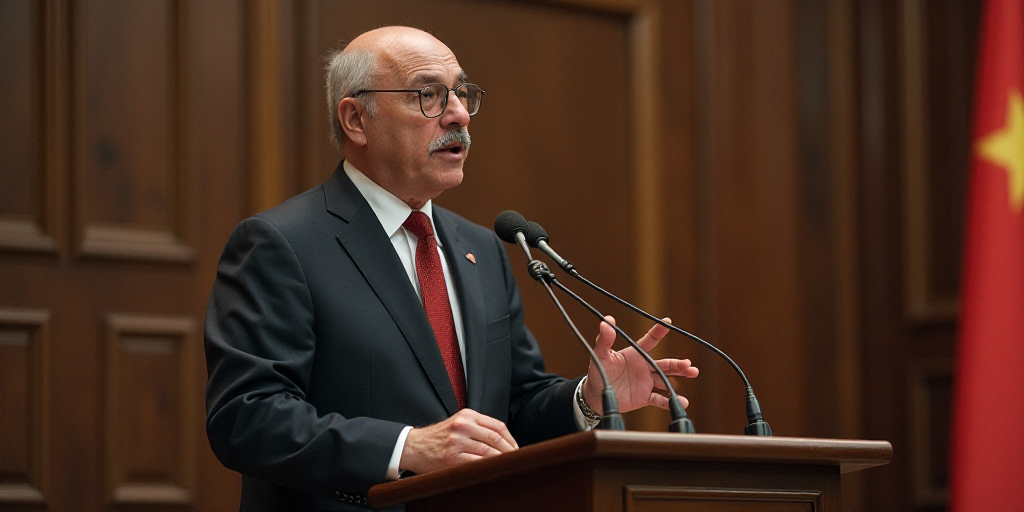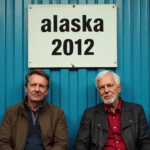Background on Key Figures and Groups
The BRICS nations—Brazil, Russia, India, China, and South Africa—are a group of five major emerging economies. These countries have been meeting regularly to discuss global issues, including trade and economic cooperation. The United States, under President Donald Trump, has been imposing tariffs on various countries, causing tension within this emerging economic bloc.
Luiz Inácio Lula da Silva, the former President of Brazil (2003-2010) and current president, has been reelected in 2022. Known for his left-leaning policies, Lula has been a vocal advocate for South American integration and cooperation. His recent stance against Trump’s trade threats reflects Brazil’s position within the BRICS alliance.
China and Russia, as permanent members of the United Nations Security Council and significant global powers, have historically maintained a cautious approach to international conflicts. Their softened stance in response to Trump’s threats aims to avoid escalating trade tensions.
Trump’s Trade Threats Against BRICS
At a recent summit in Rio de Janeiro, the BRICS leaders expressed their “serious concern” over unilateral trade-distorting tariffs imposed by the United States. Although not explicitly naming Trump or the U.S., their reaction was clear.
Trump responded on his social media platform, stating that any country aligning with BRICS’ “anti-U.S.” policies would face an additional 10% tariff, with no exceptions. This escalated tensions between the U.S. and the BRICS bloc.
Divergent Reactions Among BRICS Members
China and Russia adopted a more diplomatic approach, seeking to de-escalate the situation. China’s stance was clear: “trade wars and tariffs have no winners, and protectionism is not a path to follow.” Meanwhile, Russia emphasized that their position was not directed against any specific country.
Lula’s Fiery Response
As the host of the Rio summit, Lula da Silva took a firm stance against Trump’s threats. He stated, “We don’t want an emperor; we are sovereign nations,” during a press conference following the two-day summit.
“If he believes he can impose tariffs, other countries can do the same; there’s a law of reciprocity,” Lula said, criticizing Trump for using social media to threaten other nations.
Trump’s Strategy and Future Implications
Although Trump has not immediately imposed new tariffs on the BRICS, he has signaled that he will do so if these countries engage in what he considers “anti-U.S.” political actions, according to a source familiar with the matter speaking to Reuters.
“A line is being drawn. If political decisions against U.S. interests are taken, tariffs will be imposed,” the source said, requesting anonymity due to lack of authorization to speak on the matter.
Experts like Marta Fernández, director of the BRICS Policy Center at Pontifical Catholic University of Rio, believe Trump’s strategy aims to divide and dominate through fear, targeting countries negotiating bilateral trade agreements with the U.S.
Key Questions and Answers
- What are the BRICS nations? The BRICS nations are Brazil, Russia, India, China, and South Africa—five major emerging economies that meet regularly to discuss global issues, including trade and economic cooperation.
- Who is Luiz Inácio Lula da Silva? Lula da Silva is the former President of Brazil (2003-2010) and current president, known for his left-leaning policies and advocacy for South American integration.
- What is China’s stance on trade wars? China has consistently expressed its opposition to trade wars and tariffs, stating that they have no winners and protectionism is not a viable path.
- What is Russia’s position regarding the BRICS tariff threats? Russia has maintained that its stance is not directed against any specific country, emphasizing a non-confrontational approach.
- What is Trump’s strategy concerning the BRICS? Trump aims to divide and dominate through fear, targeting countries negotiating bilateral trade agreements with the U.S., according to experts.






